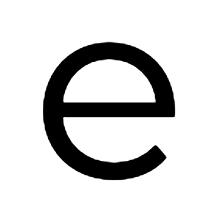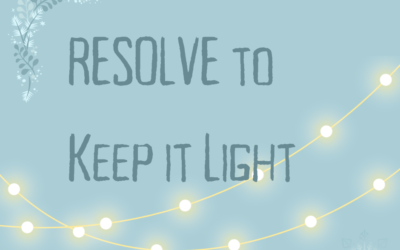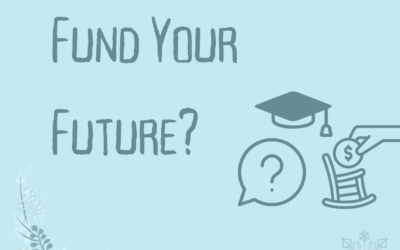Did you know that you – an ordinary person with a bank account of any kind (savings, checking, CDs, even insurance) – have the power to speed up climate friendly products and businesses without spending even a dollar of your own money? Once you understand that where you bank is what you build in the world, all you have to do is find and switch to a bank that matches your values.
Mary Poppins fans may remember “Fidelity Fiduciary Bank:”
| “And you’ll achieve that sense of conquest As your affluence expands In the hands of the directors Who invest as propriety demands |
You see, Michael, you’ll be part of railways through Africa Dams across the Nile, fleets of ocean Greyhounds Majestic, self-amortizing canals Plantations of ripening tea” |
Setting aside the rampant imperialism of 1910 London, the point is that retail banks take ordinary people’s money in and then loan or invest it out to build all kinds of projects in the world.
“Our money, no matter how small, does not just sit in a bank account dormant. Deposits are leveraged—used to lend to a number of activities. And these activities always have an impact—sometimes positive, sometimes negative. Sometimes devastating.” – Marilyn Waite, Building a Better Banking System
There are more than enough market ready climate solutions – wind, solar, efficiency retrofitting, net zero new buildings, regenerative agriculture and more – to make a substantial impact on the climate crisis, but they’re not scaling up fast enough due to lack of financing.
Some loan programs are (inconsistently) available to build and implement these types of solutions, but they are not nearly enough to support and scale up the amount of work that must be done to avert the progressively worsening climate crisis. Fundamentally, our retail banking and finance systems still don’t “understand” how to make such loans as well as we understand things like mortgages, car loans, and student loans. Until we reach scale on climate financing models, we are needlessly holding back proven, existing technologies that can help in the fight.
A mortgage, or credit, is like a time machine; it allows you to afford the future you want, today. Auto financing was popularized in the 1920s and 30s. Home financing was popularized in the 1940s and 50s. Modern America and indeed the modern world would not be recognizable without these two financial instruments that help the bulk of the population afford their big-ticket capital items. The climate loan is the financial invention we need to popularize in the 2020s. – Saul Griffith, Solving Climate Change with a Loan
The result is that desperately needed solutions to the climate crisis aren’t hitting the market scale they could if better financing options were available.
Here’s where you come in.
Do This:
Move your money to where it will do the most good. You don’t have to spend it, risk it, or even have very much of it to begin with. Just move it.
Move it to a local credit union financing local sustainable businesses, an explicitly “green bank” financing only green projects, a CDFI bank making banking more equitable, or something else entirely.
Marilyn Waite maintains a list of options to help you in your search. She recommends Green America and As You Sow as comprehensive starting points and highlights the only fully divested US insurance company Lemonade as a source for homeowners or renters insurance. Her page also lists banks anyone in the United States can use, some state-by-state specific options, and four options for non-banking retail investments. The Global Alliance for Banking on Values is another great resource for your search.
Not sold yet? Look at where you bank now. Find out what types of projects that bank finances and invests in. If they don’t finance the kinds of things you wish to see in the world, move your money to a bank that does.
You get to bank your values. Chances are very good that where you’re banking right now is building stuff you don’t want to see more of in the world.
Dig Deeper:
Marilyn Waite, Program Officer, Climate and Green Energy Finance, Hewlett Foundation: read Building a Better Banking System, listen to My Climate Journey Episode 66, and follow @WaiteMarilyn.
Saul Griffith, Founder, Otherlab: read Solving Climate Change with a Loan, listen to My Climate Journey Episode 20, and follow @Otherlab
My Climate Journey by Jason Jacobs
Take Action:
Sustainable Banking and Investing Resources (Global)
Sustainable Banking and Investing Resources (US): Green America | As You Sow | Lemonade
Global Alliance for Banking on Values
Remember, we all get to decide where the markets go, because we are the markets.
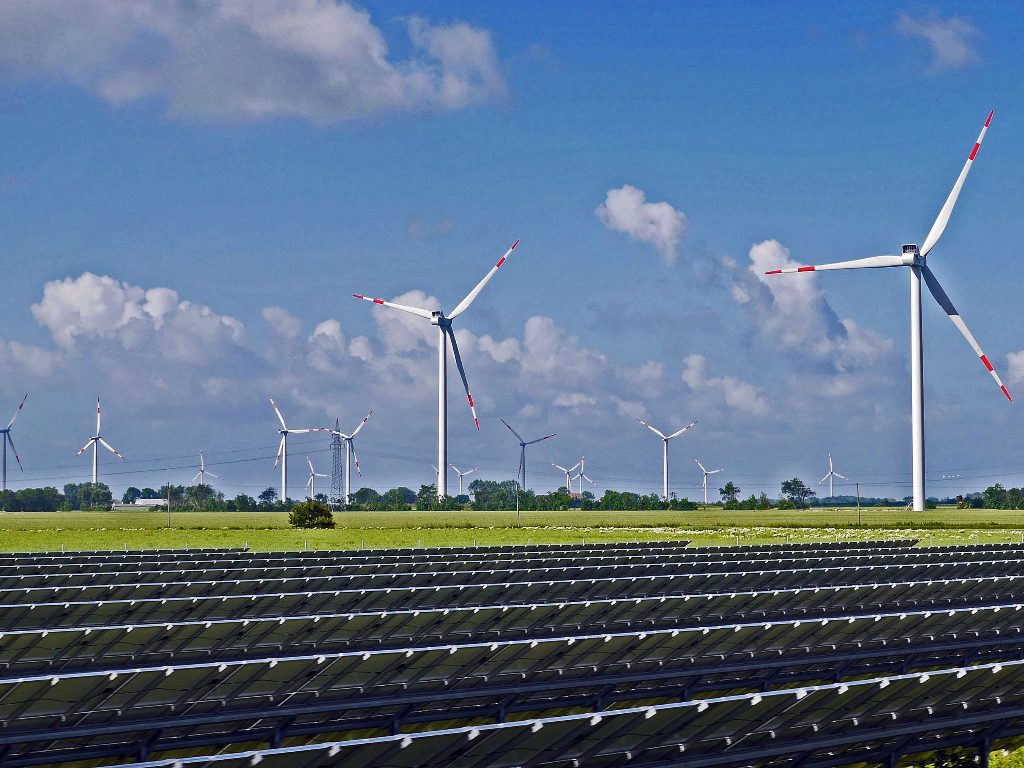
Read more on the Climate Economy blog…
Day 31 | RESOLVE to Keep it Light
Gifts to the Future Planning for the future can get heavy. Keep it light. (Treat yourself to festive LED or solar lights and a timer on...
Day 30 | Fund Your Future?
Gifts to the Future As climate issues worsen, and as more solutions are deployed and scaled up, the climate economy will become...
Day 29 | Bring a Better Bottle
Gifts to the Future Happy Day 4 of Kwanzaa! Whether you're celebrating that or getting ready for New Year's - what's a great gift? A...
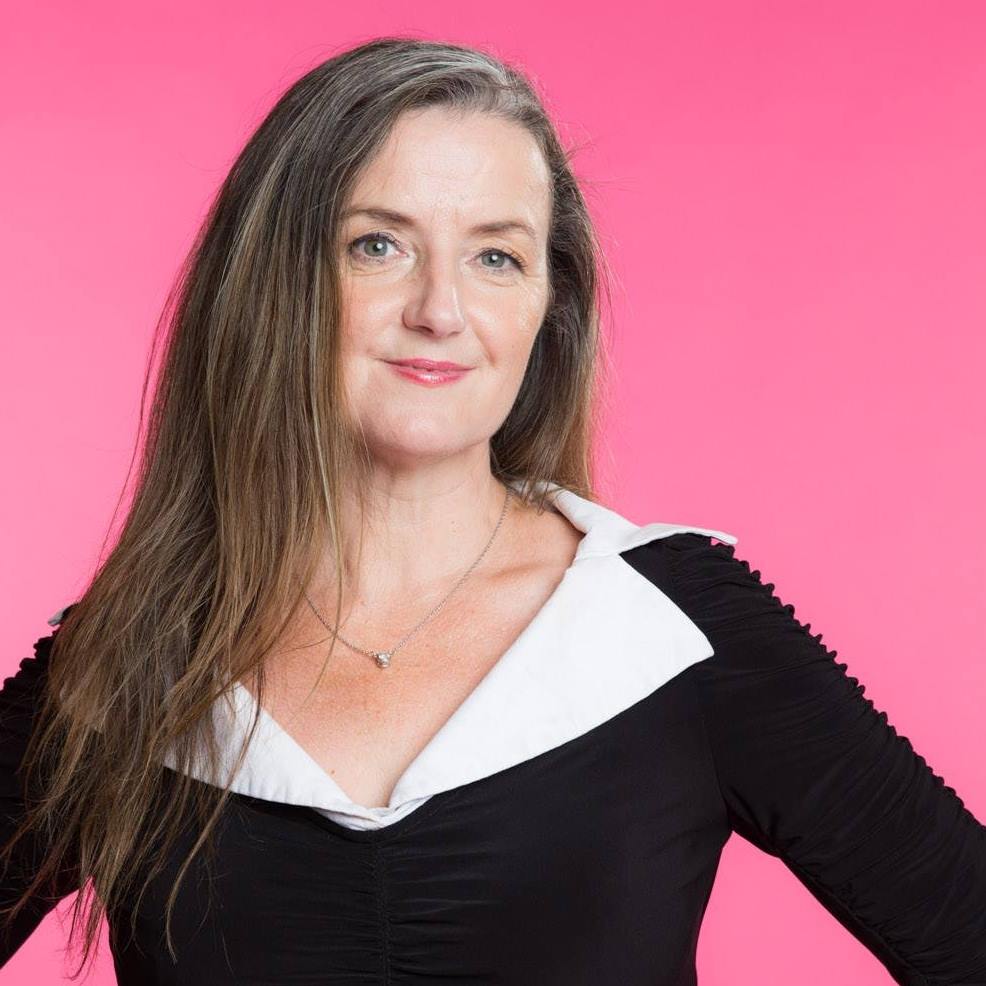
Laura Fitton, Founder
Principal and Speaker
I founded enough.co to explain and evangelize market-driven shifts that can bring speed and scale to the climate fight.
My approach merges my environmental science and policy degree with my expertise as a tech CEO/Founder, growth executive, author, speaker, and recognized trailblazer.
My research on environment and justice is published in Science and by the Center for Policy Alternatives, and I've spoken at Harvard Business School, MIT Sloan, and a great many conferences.
